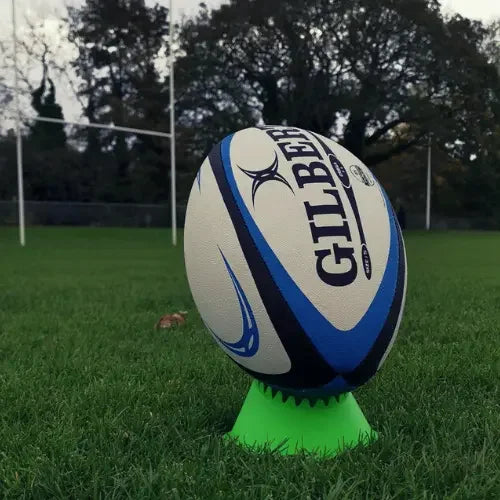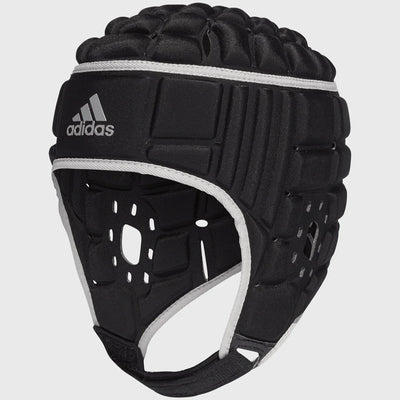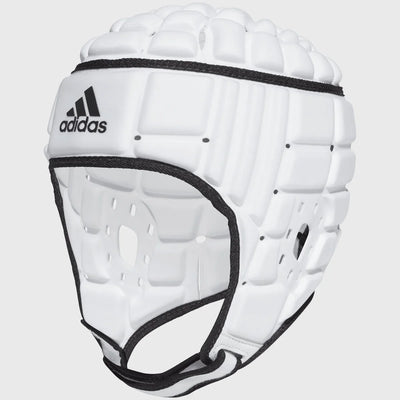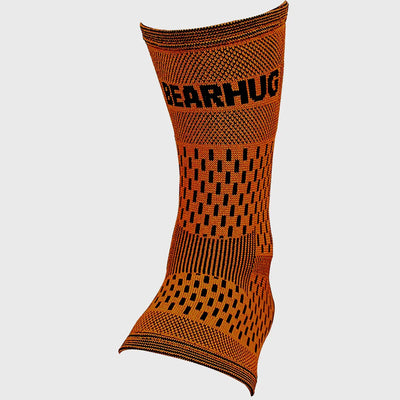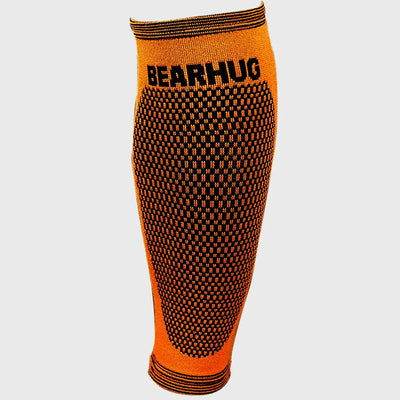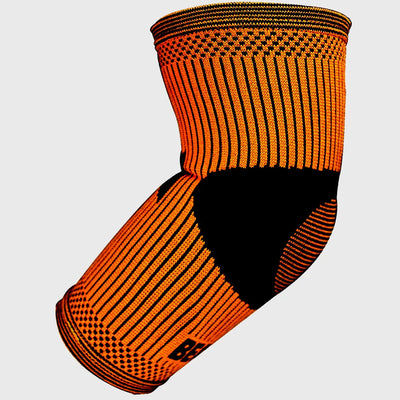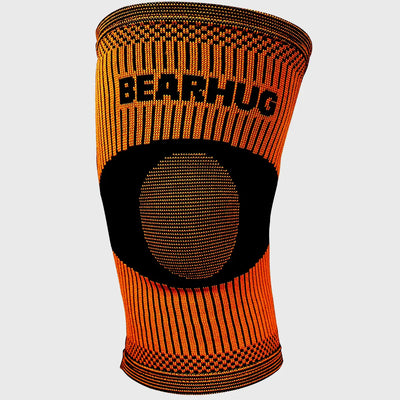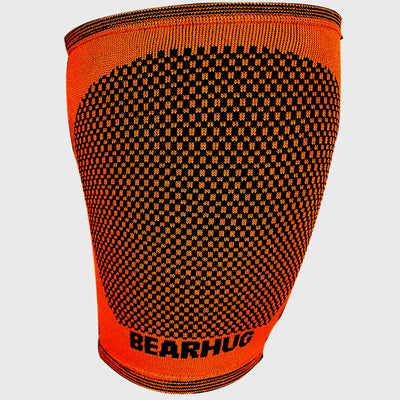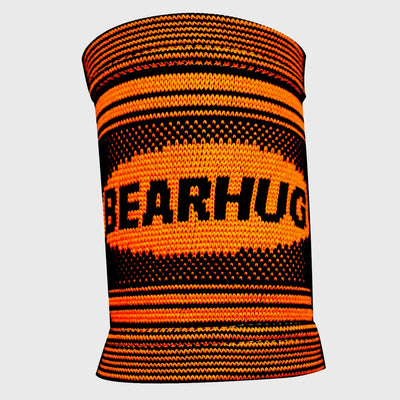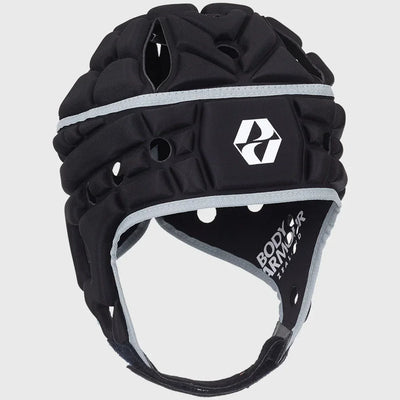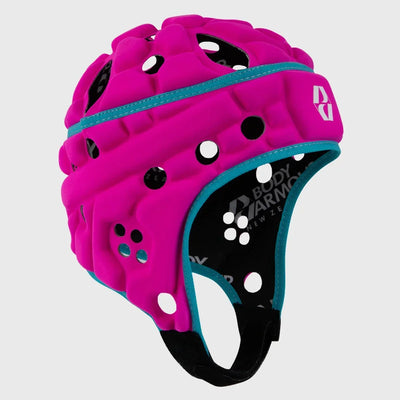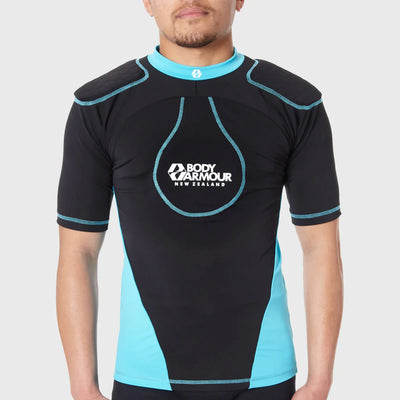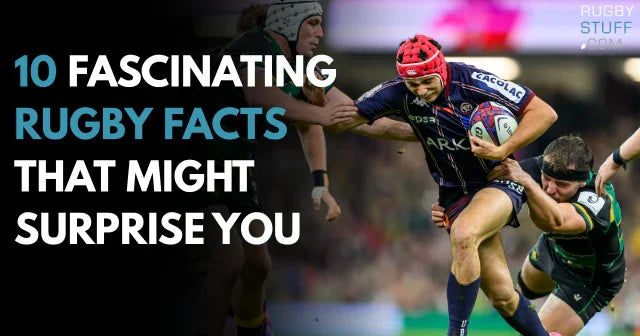What protective gear do rugby players wear?
Rugby is a physical and demanding contact sport, where some players may choose to wear protective clothing to reduce the risk of injury.
While the rules of rugby union dictate that players must wear certain items of clothing, there are also a range of other protective items and rugby equipment available to help keep players safe.
[prc-collections-carousel]

In this blog post, we’ll answer the question what protective clothing do rugby players wear and why it’s so important.
First up let's take a detailed look at Law 4 from World Rugby, which covers all aspects of what a rugby player should wear:
Permitted clothing
1. All items of clothing must comply with World Rugby Regulation 12.
2. A player wears a jersey, shorts and underwear, socks and boots. The sleeve of a jersey must extend at least half-way from the shoulder point to the elbow.
3. Additional items are permitted. These are:
-
Washable supports made of elasticated or compressible materials.
-
Shin guards.
-
Ankle supports worn under socks, not extending higher than one third of the length of the shin and, if rigid, from material other than metal.
-
Mitts (fingerless gloves).
-
Shoulder pads or approved chest pads.
-
Mouth guards or dental protector.
-
Headgear.
-
Bandages, dressings, thin tape or other similar material.
-
Goggles.
-
Studs, including those of moulded rubber, on the soles of their boots.
-
Cotton blend long tights or leggings, with single inside leg seam under their shorts and socks.
-
Headscarves or coverings, providing they do not cause a danger to the wearer or other players.
-
Player monitoring devices.
4. A player may not wear:
-
Any item contaminated by blood.
-
Any sharp or abrasive item.
-
Any items containing buckles, clips, rings, hinges, zippers, screws, bolts or rigid material or projection not otherwise permitted under this law.
-
Jewellery.
-
Gloves.
-
Shorts or leggings with padding sewn into them.
-
Any item that is normally permitted in law but, in the referee’s opinion, is liable to cause injury.
-
Communication devices.
As you can see the the basics of the rugby players clothing are pretty simple, a jersey with at least short sleeves, shorts, underwear, socks and a pair of rugby boots. After all, it's not American Football!
However from law 4.3 we can see there is an list of additional options you can wear to aid in player protection, we'll summarise the most popular options below.
Headguard
A rugby headguard, also known as scrum caps or helmets, is a piece of protective gear that rugby players wear to help protect their head and ears during games and practices, particularly in tackles and scrums.
It is one of the most popular pieces of rugby equipment you'll see on the field, designed to absorb shock and reduce the risk of head injuries, such as cuts, bumps and bruises.
A typical rugby headguard consists of a padded shell that covers the top of the head, as well as a strap which fastens under the chin to keep the helmet in place.
The shell is usually made of a durable and shock-absorbing foam.
It should fit snugly and cover the forehead, ears, and the back of the head.
Rugby injuries are commonplace, and while headguards are not mandatory, many players choose to wear them for added safety.
They are particularly popular among forwards, who are more likely to be involved in collisions and tackles during the game.
It is important to note that headguards are not fool proof and do not completely eliminate the risk of head injuries.
Players should still prioritise safety and practice proper technique on the field.
The rugby headguard is becoming increasingly popular, partly due to the rise in litigation and overall worry for player welfare surrounding concussion.
However, it is worth noting that almost no head guards come with a promise of reducing concussions or brain injury, World Rugby purely recommends them with respect to reducing cuts and abrasions.
In a 2018 study by the Institute of Motion Analysis Research at the University of Dundee in Scotland, headguards were vigorously tested.
The results of this study showed that headguards reduced the impact force by between 27% and 47%, with the Body Armour Ventilator Headguard (sold under license as Canterbury at that time) coming out on top.
Their conclusion states that:
Overall, the results indicate that it would be beneficial to wear a headguard during rugby in order to reduce the impact forces involved in head collisions. There was also a clear difference in performance between the tested brands, establishing the Canterbury (now Body Armour) headguard as the most effective. However, only one model of headguard from each brand was tested, so further research evaluating all other models should be considered.
All rugby headgear must comply with World Rugby Regulations, which is a detailed specification of how the headgear should be constructed.
Most notably the foam should not exceed 10mm in thickness.
All rugby headguards stocked at Rugbystuff.com are World Rugby approved and will have a label on the product stating this.

Personal Opinion - Adam - Company Director - Played amateur rugby as a prop for the best part of 30 years!
I wore a head guard on and off throughout my senior years, however I struggled a little with the heat factor of wearing one and the feeling of losing your peripheral vision, the only two negative aspects of wearing protective equipment in my opinion. If my children were junior rugby players and expressed an interest in wearing a head guard I would certainly wholeheartedly encourage it.
Shoulder Pads
Rugby shoulder pads are a piece of protective gear worn by rugby players to help reduce the risk of injury to the shoulder, chest, and upper arm areas during contact or collisions on the field.
Shoulder padding is typically made of foam padding and covered in a breathable tight-fitting fabric that allows the pads to be secure to the shoulders and chest.
Rugby shoulder pads are designed to absorb and distribute the impact of a collision, reducing the risk of injury to the rugby players wearing them.
World Rugby again has laws surrounding their specification. Most notably up to 10mm on the shoulder and 5mm across the body.
It's important to note that rugby shoulder pads are not mandatory, but many players choose to wear them as an added layer of protection.
Mouthguards
Mouthguards are another important piece of protective rugby equipment that rugby players wear. They are optional but they really should be mandatory!
They help protect against dental injuries such as broken teeth or jaw fractures - thankfully not the most common of rugby injuries - as well as reducing the risk of concussion by absorbing some of the force from impacts to the head.
Rugby mouthguards should be worn at all times when playing rugby, even during practice sessions. Mouth guards have come on a long way in recent times, with brands like SISU making them thinner and more comfortable than ever before.
Other items you may consider if required might be forearm guards, compression shorts, rugby gloves or any type of sports support preventing sprains and helping with rugby injuries picked up over time.
So in conclusion, rugby is a physically demanding sport that carries inherent risks of injury, but ultimately, the protection choice always comes down to the individual and their playing position.
While injuries may be an unavoidable part of the game, players can take steps to protect themselves and reduce the risk of serious harm.
Investing in rugby protection gear, such as shoulder pads, can provide an extra layer of defense against the physical demands of the game.
Whether worn to help recover from an injury or used regularly for added confidence on the rugby pitch, rugby protection can help rugby players stay in the game and perform at their best.






